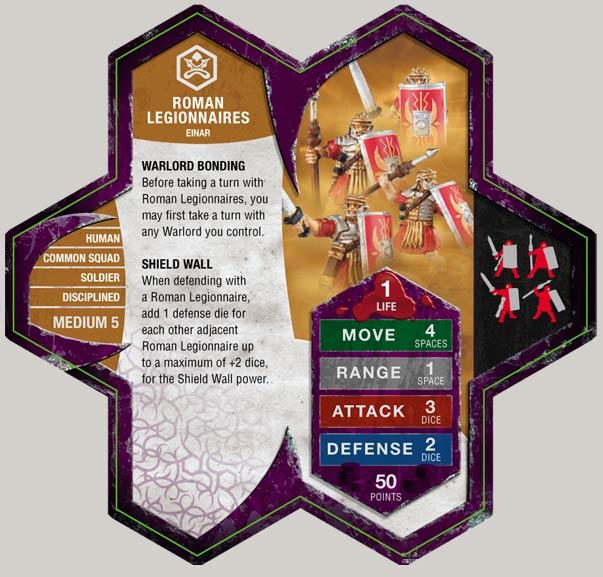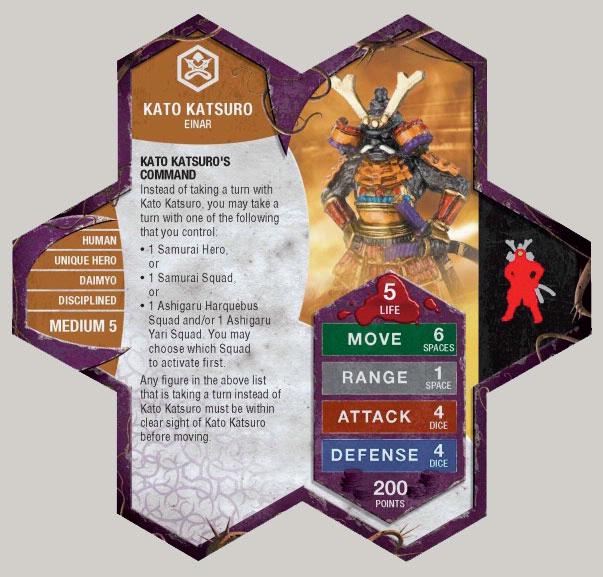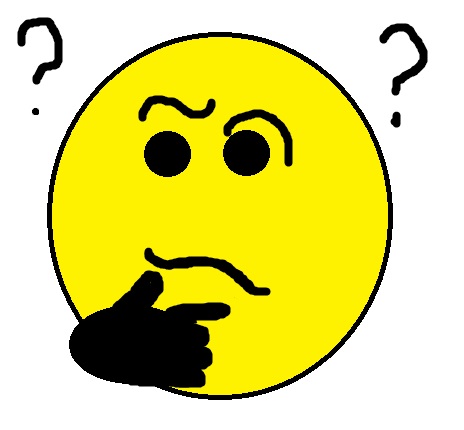Bonding is a mechanic that gives the edge to crafting a specific team composition and using it wisely. It can breathe new life into heroes that may be under powered on their own. Is it an innovative mechanic that helps Heroscape or is it a sloppy mechanic that can hinder design?

Let's look at bonding and see what it actually does. It simply... does 3 different things depending on the card. There are 3 types of bonding and some versions of the same type can work slightly differently. The keyword itself isn't consistent for template formatting. Not all of the figures say bonding on them, but the loosely based mechanic is still there. Being confusing is good for templating and design growth right?
There are 3 types of bonding:
Turn Bonding: You get a full turn with an army card it is bonded to, in addition to a full turn with the initial army card the order marker was placed upon.
Movement Bonding: Allows movement of a bonded army card's figure(s) a number of spaces, in addition to a full turn with the initial army card the order marker was placed upon.
Substitution: Full turn with another army card instead of the initial army card the order marker was placed upon.
Thematic?
Bonding overall doesn't feel mechanically thematic to me overall."Hey, I'm going to help you by letting you act, before or instead of me."
And it is often the lackeys that have the bonding to make the heroes stronger.
"Hey, I'm a Roman Legionnaire, go over there my leader warlord and kill them then I'll charge in or maybe sit right here."

There are some "leader" type characters with it, such as Kato Katsuro and his ability Kato Katsuro's Command. I can see it making thematic sense that the leader is ordering units around the battlefield.

What Does Bonding Really Do For The Game?
Your bonded characters either get a free turn, get free movement, or substitute their action to take another bonded heroes turn. This can help give additional strength to team compositions built around it, it is true. It can make some under powered army cards get better without redoing their current card. This sounds like a win-win-win situation, right?
There are quite a few downsides of bonding. You have design limitations, balance issues, speed of game play issues, adding AP issues (explained later), and the age old question "Does it solve anything?".
With design, you have to think about how good a character is and if it will make any specific combinations overpowered. Designing a balanced character is harder to do the more things that could directly impact it with free turns/actions. Most people who have played games a long time know that getting an extra turn can be really powerful. Bonding with a specific type of army card means that if any type of that army card would be introduced in the future or changed around to be compatible with bonding, you need to make sure it fits in and is balanced. Over time, the more bonding is implemented, the more it can become a tangled webbed teeter-totter that is hard to balance.
The presence of bonding itself on an army card, for balance purposes, means it usually is a little weaker to make up for free turns/actions/versatility. For people playing in a different draft environment (such as the one my playgroups have played with over the years), bonding picks are often too much of a gamble.
I've heard the argument that it helps stop "Squadscape", meaning the game would be overrun with squads. There are other issues there that I will address in another article, specifically common squads. For now, we can mention that not all army cards bond or have something to bond with (which is likely good for design purposed already mentioned). A decent amount of the army cards that have bonding are in fact squads.
Turn bonding and Movement bonding both bog the game down by taking extra time. Your 3 turns could theoretically be 6 turns instead. How about just taking turns with units a little stronger via a buff to save time? Not to mention the aforementioned "AP" issues, also known as Analysis Paralysis. Analysis Paralysis is when you have lots of choices on how to plan your turn and you go so in depth in thought that it is like you sit there and do nothing, thinking over the options. Some people are more prone to Analysis Paralysis and some games can arguably bring it out more, depending on the desire to win and the familiarity with the game. This can bog the game down even more.
Substitution bonding isn't a terrible concept allowing you flexibility and not taking up extra time. It shouldn't eat up too much of a units cost as it is only a substitution. This is the only type of bonding that I would consider keeping it in some form or another.

Now to answer the all important question, "Does it solve anything?"
- It can help certain figures in carefully crafted teams be less bad.
- It can add some versatility and strategic options.
- It doesn't help the design/balance/templating process.
- It doesn't help the speed of game play.
- It doesn't do well in drafted/non preconstructed formats.
- It doesn't do anything that rebalancing the original sub par characters couldn't do better.
If you balance the characters to stand on their own, add other synergy mechanisms as incentives towards certain team compositions without them being useless without the synergy; it may be possible to have a faster speed of play while attaining meaningful synergies. I'm not saying it would be a walk in the park to make all of these changes. Over time I believe it can be sculpted into a nice pair of dentures without the need for denture bond.
About the Author
PauperTim is this websites owner and has always been into games of all sorts. He is a founder of the Pauper format for Magic: The Gathering. You can find him on facebook, twitter or OCTGN as PauperTim or as TheOrangeMitten on Magic Online.